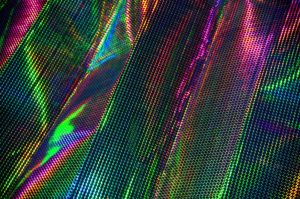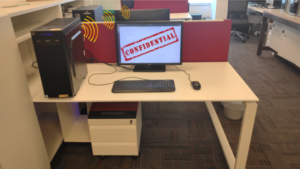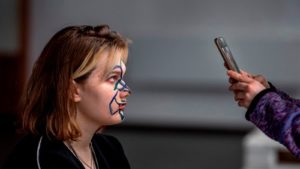
ETHERLED: Air-gapped systems leak data via network card LEDs
Israeli researcher Mordechai Guri has discovered a new method to exfiltrate data from air-gapped systems using the LED indicators on network cards. Dubbed ‘ETHERLED’, the method

Home » CBG in the News

Israeli researcher Mordechai Guri has discovered a new method to exfiltrate data from air-gapped systems using the LED indicators on network cards. Dubbed ‘ETHERLED’, the method

A new method devised to leak information and jump over air-gaps takes advantage of Serial Advanced Technology Attachment (SATA) or Serial ATA cables as a

Can attackers create a face mask that would defeat modern facial recognition (FR) systems? A group of researchers from from Ben-Gurion University of the Negev

Anything from a metallic Rubik’s cube to an aluminum trash can inside a room could give away your private conversations. THE MOST PARANOID among us already

Good news, everyone! Security researcher [Mordechai Guri] has given us yet another reason to look askance at our computers and wonder who might be sniffing

A new study used digitally and physically applied makeup to test the limits of state-of-the-art facial recognition software. Researchers have found a new and surprisingly